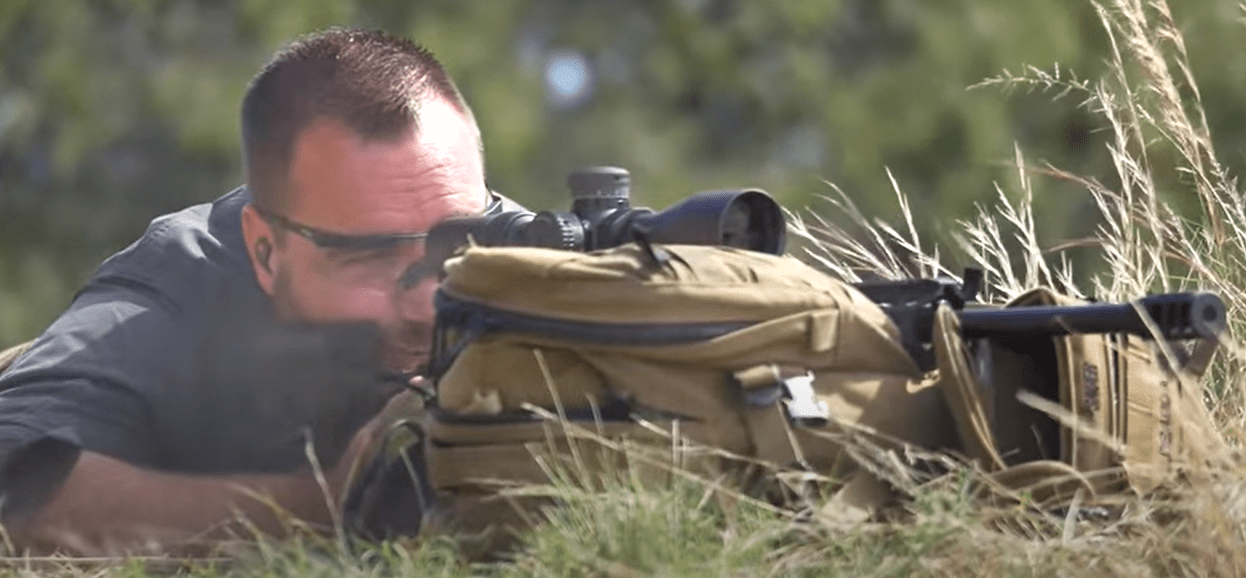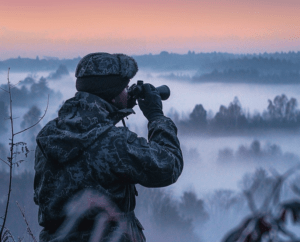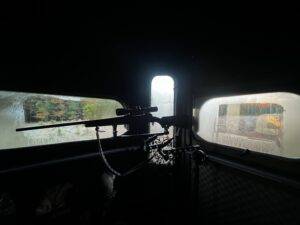
The rush of a long-range shot is unrivaled. It needs a one-of-a-kind combination of skill, expertise, and steadfast dedication. Whether you want to hunt big game in the wide Western landscapes or improve your competition shooting skills, mastering long-range shooting is a path that requires dedication.
This article will give you a road map to long-distance shooting success, covering everything from the fundamentals to advanced methods and strategies. By following these steps and committing to persistent practice and progress, you will be able to enter the world of long range shooting and enjoy the delight of striking your target with pinpoint accuracy.
Fundamentals: Building a Solid Foundation
Your long-range shooting journey begins with a solid foundation in the fundamentals. These principles, when practiced and perfected, form the bedrock of your accuracy and success.
Understanding Ballistics
The trajectory of your bullet through the air matters in long-range accuracy shooting. Understanding bullet trajectory requires an understanding of two basic concepts: gravity and wind drift. Gravity causes the bullet to fall as it travels. The bullet’s horizontal route is influenced by wind drift. By learning these concepts, you will be able to predict your bullet’s path and compensate for external circumstances, ensuring that it reaches your target with pinpoint accuracy.
Ballistic charts and software are useful tools for making this process easier. These resources include drop and windage corrections that have been pre-calculated for various distances and conditions. By inputting your rifle’s specifications, bullet type, and environmental data, you may receive precise wind speed and direction modifications, guaranteeing your shots are on target.
Ballistic charts and software, on the other hand, are not magic wands. To use these tools effectively, it is critical to grasp the basic principles of ballistics and how these parts interact. Practice shooting at varied distances and in various situations regularly to confirm your ballistic data and enhance your long-range shooting skills.
Body Positioning
Position yourself exactly behind your rifle, feet shoulder-width apart, and knees slightly bent. Make certain that your shoulders are level and that your body is parallel to the target. Canting your body to the side can cause your sights to misalign, resulting in missed shots.
Get rid of the death hold! Instead of tightly clutching the stock, use your dominant hand to hold it softly. Relax your fingers and avoid any strain or torque that could interfere with your shot. Your grip should be solid but comfortable, allowing you to handle the trigger smoothly.
When shooting lying down, provide support for your non-dominant hand for better stability and less muscular strain. A sandbag or bipod provides a stable platform for your forearm, preventing unwanted movement and ensuring consistent shot placement.
Breath Control:
Long-range shooting demands exceptional breath control and trigger pull for pinpoint accuracy. Here’s how to achieve both:
Breathe Deeply and Exhale Slowly:
Forget about holding your breath! Instead, concentrate on taking deep, calm breaths. Exhale slowly and thoroughly, allowing for a natural pause before inhaling. This keeps your chest stable and prevents motions from interfering with your aim.
Timing:
Align your shot with the pause between your exhale and inhalation. This reduces the possibility of unsteady hands due to breath intake and enables a smooth, consistent trigger pull.
Consistent Pressure:
Press the trigger gently and consistently, gradually increasing the pressure until the shot breaks. Avoid jerking or flinching, as these can hurt your precision shooting.
- Practice makes Perfect:
Perform breath control and trigger pull exercises regularly to create muscle memory and enable perfect shot placement during long-range shooting conditions.
Choosing the Right Gear
Long-range shooting demands precision equipment that can withstand the demands of extended distances. Here’s what you need to consider when selecting your rifle and optics:
The Rifle:
Choose a rifle made primarily for long-range shooting. These rifles often have thick barrels for added stability and less barrel flex, which improves accuracy. Choose a dependable action mechanism, such as a bolt-action, for smooth operation and consistent performance, which is critical for accurate shot placement. Invest on a high-quality trigger that breaks consistently and cleanly. A smooth trigger pull reduces flinching and promotes perfect shot control.
The Optics:
To accommodate broad shooting circumstances, choose a long range scope with adjustable magnification. Higher magnification enables larger target sightings in a riflescope at greater distances. Choose a big objective lens to gather more light, which is especially helpful in low-light situations and for optimum clarity at long range. Consider a ballistic reticle-equipped scope. These reticles have built-in indications for windage and elevation changes, which makes aiming easier and improves long-range accuracy.
Keep in mind that purchasing high-quality equipment is an investment in your long-range shooting performance. Choose your rifle and optics with consideration, taking into account your shooting goals, budget, and personal tastes.
Optics and Sight Picture:
Eye Relief:
Adjust the location of the scope so you see a complete, circular image through the lens. Remove any dark edges that are obstructing your view for better target acquisition and accuracy.
Crosshair Alignment:
Align the crosshairs precisely with the center of your selected target. Remember to account for windage (horizontal movement) and elevation (vertical movement) modifications based on distance, wind conditions, and other environmental factors.
Beyond the Basics: Refining Your Skills
Once you’ve mastered the fundamentals, embark on a journey of continuous improvement. Here are key aspects to focus on:
1. Reading Wind and Weather:
Wind Meter
Practice measuring wind speed and direction with a wind meter.
Environmental Awareness:
Keep an eye out for wind flags, mirages, and other environmental clues to help you understand wind patterns and how they affect your shot.
2. Practice Makes Perfect:
Consistent Practice:
Schedule regular shooting practice at varied distances.
Concentrate on Fundamentals:
For consistent accuracy, constantly polish your stance, grip, breath control, and trigger pull.
Test Yourself:
Gradually increase your shooting distance as your skills improve.
3. Develop a routine:
Consistency:
Develop a pre-shot ritual that includes equipment checks, breathing exercises, and mental imagery.
Mental Focus:
Keep a calm and concentrated mind before and during each shot.
4. Seek Guidance:
Mentoring:
Make contact with skilled long-range shooters or teachers to benefit from their knowledge.
- Training classes:
Attend training classes to learn advanced long-range shooting methods and expertise.
5. Riflescope brand matters:
When selecting a precision riflescope, numerous brands offer high-quality choices. Popular brands include Vortex Optics, known for affordability and crisp optics; Schmidt & Bender, which has been making riflescopes since 1957, SIG Sauer Optics, renowned for exceptional clarity and precision; Nightforce Optics, offering unmatched quality and accuracy at a premium price; Zeiss, known for making rugged riflescopes; and Swarovski Optics, revered for unparalleled optical quality and craftsmanship. Choose the brand that best suits your needs and budget for long-range shooting success.
To sum it up, mastering long-range shooting requires dedication and continuous improvement. Practice the fundamentals, refine your skills, and choose the right gear. Remember, breath control, consistent pressure on the trigger, and understanding ballistics are crucial for success. Explore advanced techniques like reading wind and weather, and seek guidance from mentors and training courses.







